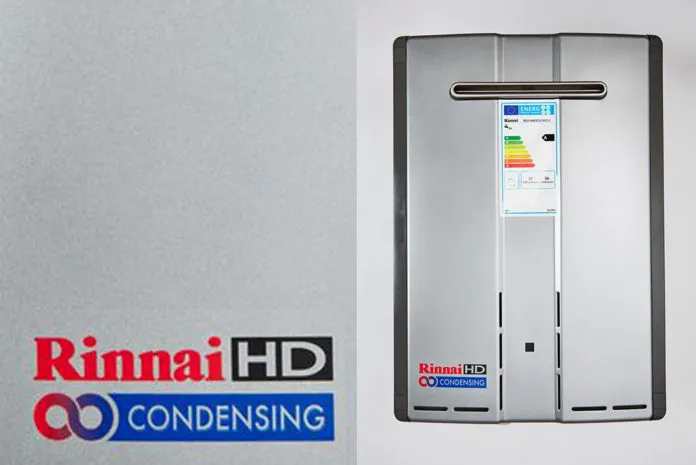
Rinnai offers big performance, heavy duty, diminutive appliances that offer virtually limitless volumes of hot water at useable temperatures – all through engineering design and excellence. And, both ‘E’ (external) – and ‘I’ (internal) versions are offered. Here Chris Goggin, Rinnai operations director, explains the why and the where of using either model to suit the application.
Gas fired appliances such as hot water heating units or domestic or light commercial boilers tend to be wall hung on the interior of a site. Having a unit sited internally on a kitchen wall or a plant room makes for convenience for the end-user and for the installer or contractor in terms of installation, maintenance or servicing.
However, external models of hot water heating units have become increasingly popular. We are seeing more and more units sold as installers seem to be favouring external siting for a variety of reasons.
Firstly, having a gas fired unit internally has its own restrictions – lack of internal space, flueing restrictions and impediments, exact siting for installer convenience, inspections etc. On external units a whole stack of advantages come into play – starting with the fact that it is a gas fired appliance and it is outside habitable space; and with no need for a flue there’s greater flexibility on exactly where you place the unit.
